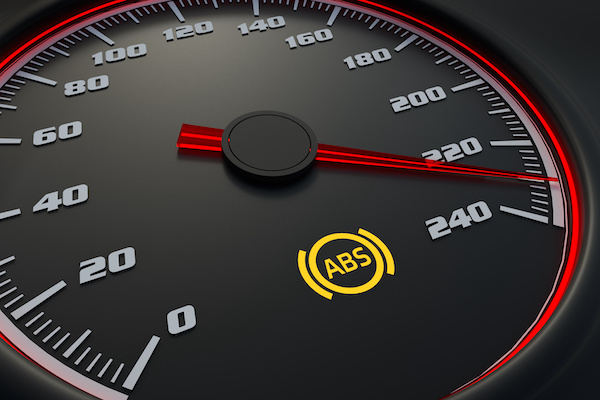Understanding the ABS Light
The ABS (Anti-lock Braking System) warning light is an important indicator on your vehicle’s dashboard. When this light illuminates, it signifies that there may be a problem with the ABS system. While the vehicle’s conventional braking system may still function, the ABS feature may be disabled, which could compromise your safety, especially during emergency braking situations on wet or slippery surfaces.
Why the ABS Light Might Stay On
- Faulty Wheel Speed Sensors: One of the most common reasons for the ABS light to stay on is a malfunctioning wheel speed sensor. These sensors monitor the speed of each wheel and send this information to the ABS control module. If a sensor is damaged or dirty, it can cause the ABS light to activate.
- Low Brake Fluid Levels: The ABS system relies on brake fluid to operate correctly. If the brake fluid level drops below a certain threshold, the ABS light will turn on. This is often accompanied by a general brake warning light.
- Damaged ABS Module: The ABS control module is the brain of the ABS system. If it becomes damaged or faulty, the system may not function properly, triggering the warning light.
- Wiring Issues: Damaged or corroded wiring in the ABS system can interrupt communication between the components, leading to the ABS light remaining illuminated.
- Brake System Malfunctions: Sometimes, issues with the overall brake system, such as worn brake pads or malfunctioning brake calipers, can also trigger the ABS warning light.
Immediate Actions to Take
When you notice that the ABS light is on, consider taking the following steps:
- Check the Brake Fluid Level: Locate the brake fluid reservoir under the hood and ensure that the fluid level is adequate. If it’s low, topping it off may resolve the issue.
- Inspect Wheel Speed Sensors: If you feel comfortable, check the wheel speed sensors for dirt or damage. Cleaning them may sometimes resolve the problem.
- Perform a Brake Inspection: Inspect your vehicle’s brake components for wear or damage. If you’re not familiar with brake systems, it’s best to consult a professional mechanic.
- Scan for Diagnostic Trouble Codes (DTCs): Using an OBD-II scanner, you can check for error codes related to the ABS. This can help pinpoint the exact issue.
When to Seek Professional Help
If the ABS light remains on after you’ve taken initial steps, or if you notice other symptoms—such as unusual braking behavior, strange noises, or decreased braking performance—it’s crucial to seek professional assistance. A qualified mechanic can perform a thorough diagnosis of the ABS system and identify any underlying issues.
Importance of Addressing the ABS Warning Light
Ignoring the ABS warning light can lead to serious safety concerns. Without a functioning ABS, you may be at a higher risk of losing control of your vehicle during hard braking, especially on slippery roads. Properly functioning ABS helps maintain steering control and prevents the wheels from locking up.
Conclusion
The ABS light is an essential indicator that shouldn’t be ignored. Understanding its implications and taking prompt action can help ensure your vehicle remains safe and reliable. Regular maintenance and inspections can also prevent many of the issues that trigger the ABS light. If in doubt, always consult a professional to keep your braking system in top shape.

